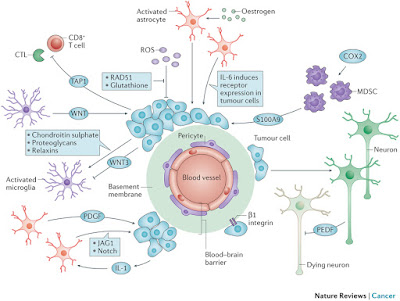One-carbon metabolism involving the folate and methionine cycles integrates nutritional status from amino acids, glucose and vitamins, and generates diverse outputs, such as the biosynthesis of lipids, nucleotides and proteins, the maintenance of redox status and the substrates for methylation reactions. Long considered a 'housekeeping' process, this pathway has recently been shown to have additional complexity. Genetic and functional evidence suggests that hyperactivation of this pathway is a driver of oncogenesis and establishes a link to cellular epigenetic status. Given the wealth of clinically available agents that target one-carbon metabolism, these new findings could present opportunities for translation into precision cancer medicine.
Cell growth and proliferation require the construction of building blocks for new cellular components, including proteins, lipids and nucleic acids, as well the maintenance of cellular redox status, and genetic and epigenetic status. Amino acid metabolism involving serine and glycine, and the carbon units that they provide, satisfies many of these requirements. One-carbon metabolism encompasses a complex metabolic network that is based on the chemical reactions of folate compounds. These reactions proceed in a cyclical nature during which a carbon unit is transferred to other metabolic pathways and is eventually replenished by several sources. Modern cancer therapy partly arose from the hypothesis that antagonists of folates could reduce the proliferation of malignant blood cells. The antagonism of folate metabolism and its downstream effectors, such as nucleotide metabolism, has been used in chemotherapy for more than 60 years.









